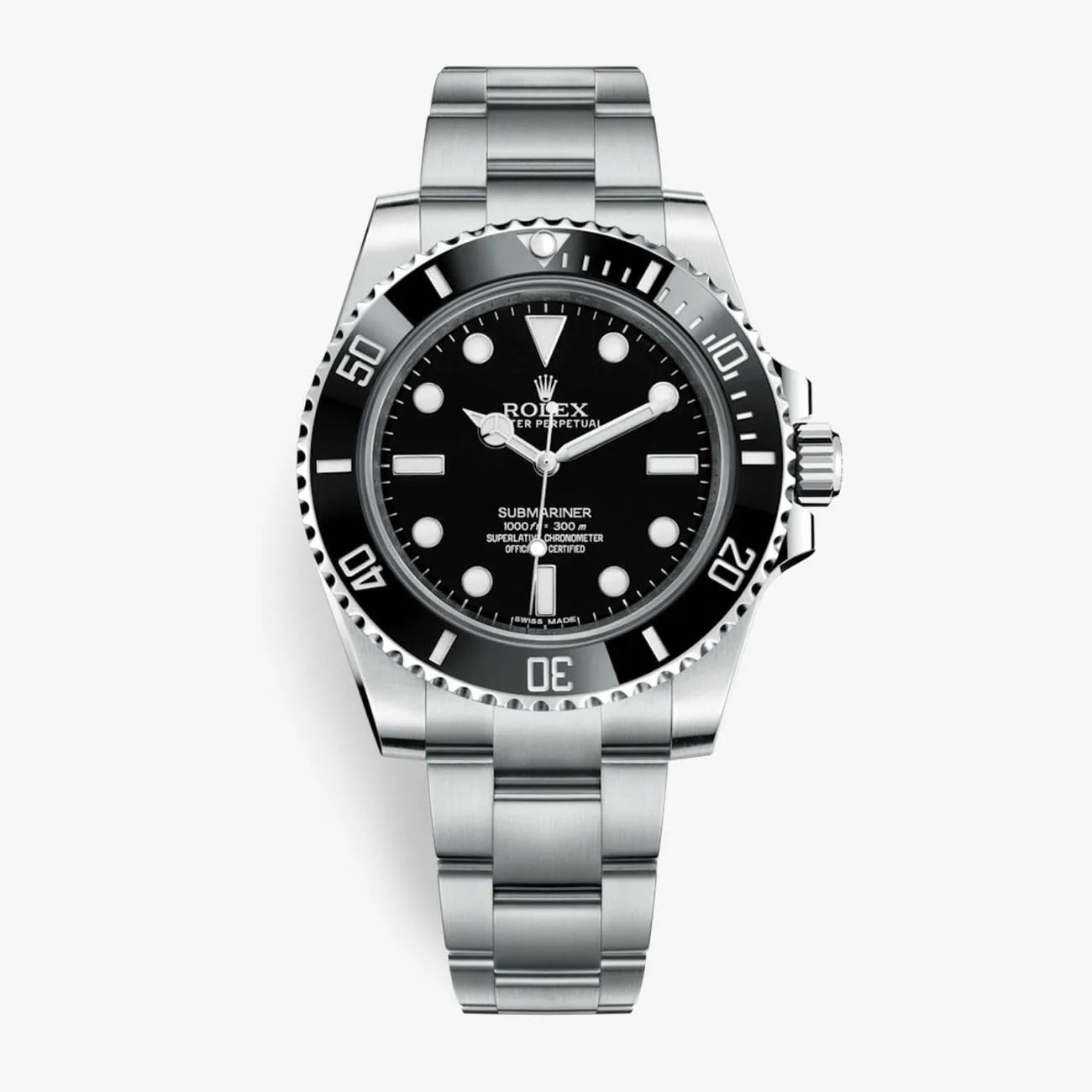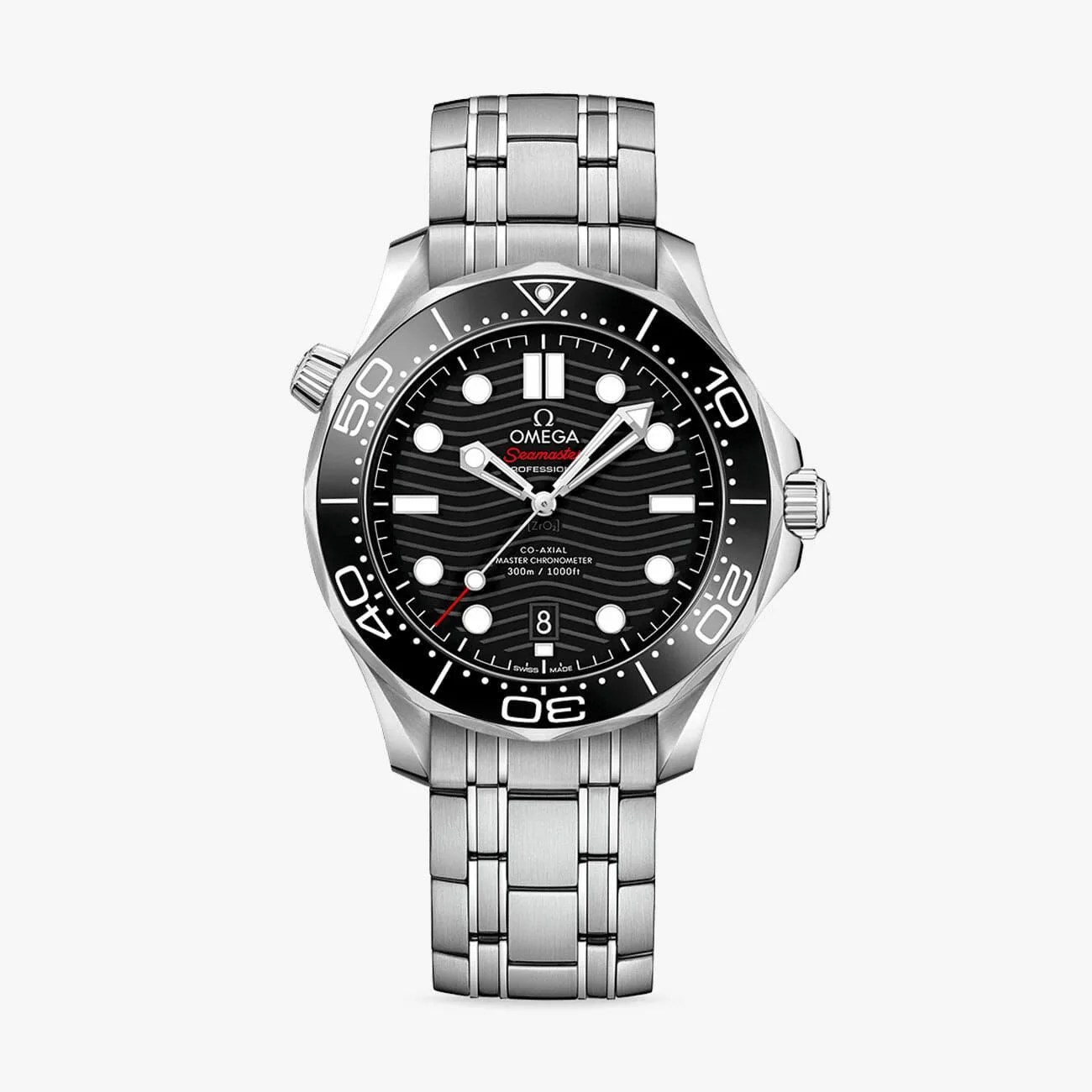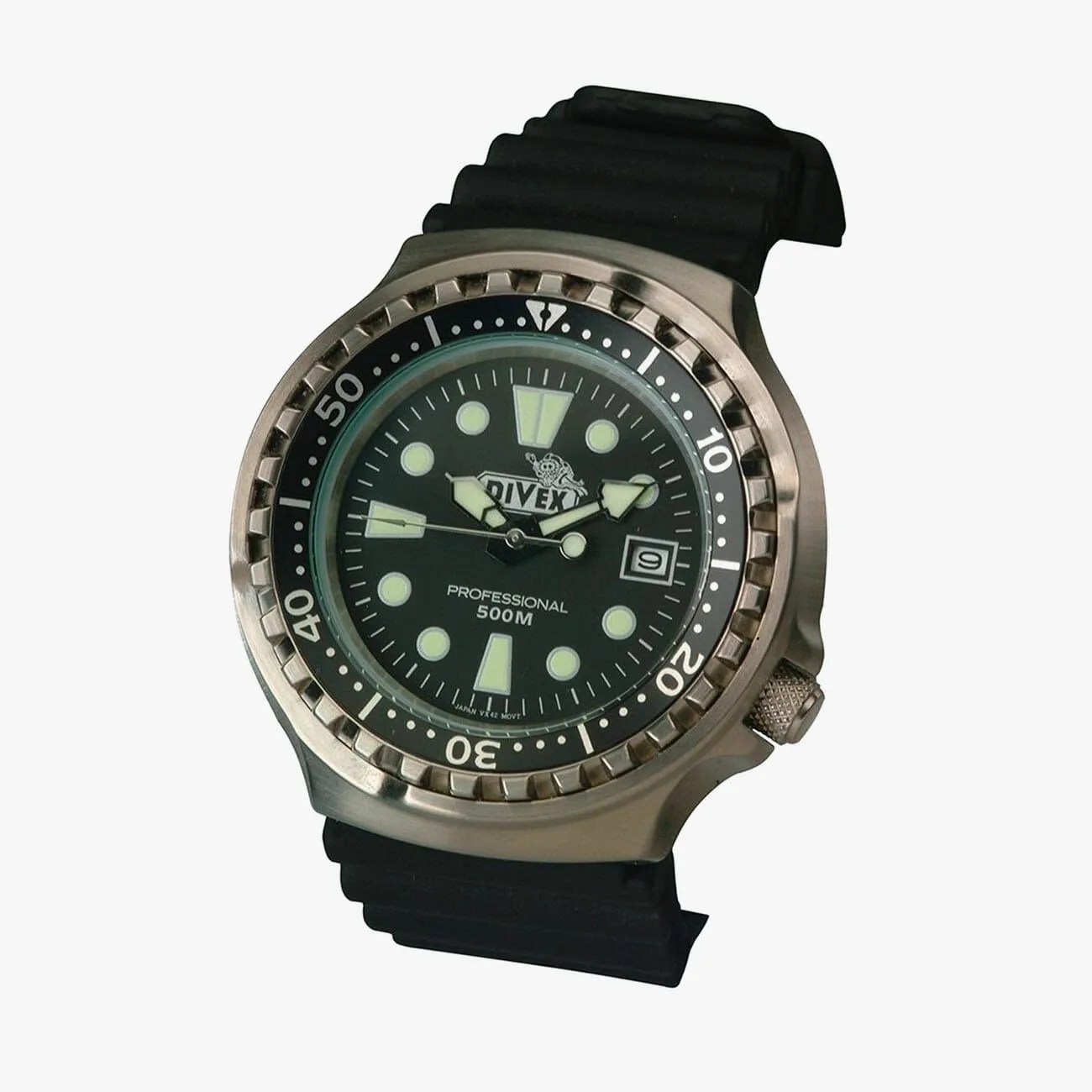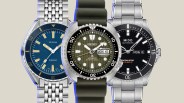When extensive construction, maintenance, or inspection work is required in deep water, saturation divers are often called in. Saturation divers live in pressurized dry chambers on diving support vessels or barges for roughly a month at a time, taking a once-daily diving bell ride to a work site on the ocean floor. Because “sat” divers are “stored” at an air pressure equivalent to or near the water pressure at the working depth, they need only decompress once at the end of their month-long rotation, making for more efficient deep water work.
Saturation diving is the pinnacle of the commercial diving industry in which divers make the most money while enduring the greatest risk to life and limb. It’s a dangerous job of long days and dives up to six hours in length in extremely cold water (39 degrees Fahrenheit on the seabed in the North Sea). For saturation divers, tracking the time becomes essential to maintain a sense of chronological equilibrium and general sanity.
While many scuba divers no longer wear watches, instead allowing diving computers to calculate their decompression schedule and required stops, commercial saturation divers often wear watches in their unique pressurized workplace. Sat divers don’t wear watches to track their bottom time and decompression schedule, but for the seemingly pedestrian task of tracking the time of day, albeit in salty, arduous circumstances.
Divers “in sat” breath a helium-rich atmosphere in order to avoid the toxic effects of oxygen and nitrogen at depths, but helium can be hard on watches as its tiny molecules sneak through seals and into a watch under pressure, causing the crystal to literally burst off the watch as the now-trapped helium molecules expand when exterior pressure is decreased during decompression. In the early days of sat diving, the then-adolescent sport watch industry stepped up to equip sat divers with watches built to withstand the unique demands of saturation diving.
In the 1960s, Rolex and Doxa built watches with special valves to allow the escape of helium from inside watch cases during decompression. Helium release valves are now commonplace in so-called professional diving watches, despite how few people actually need them or actually understand their purpose. As a commercial diver myself, though on a shallower and less extreme scale, I reached out to a few saturation divers to get the skinny on what watches actually go diving. These guys aren’t the type to call out model numbers, but they did know all the names.
Rolex Sea Dweller
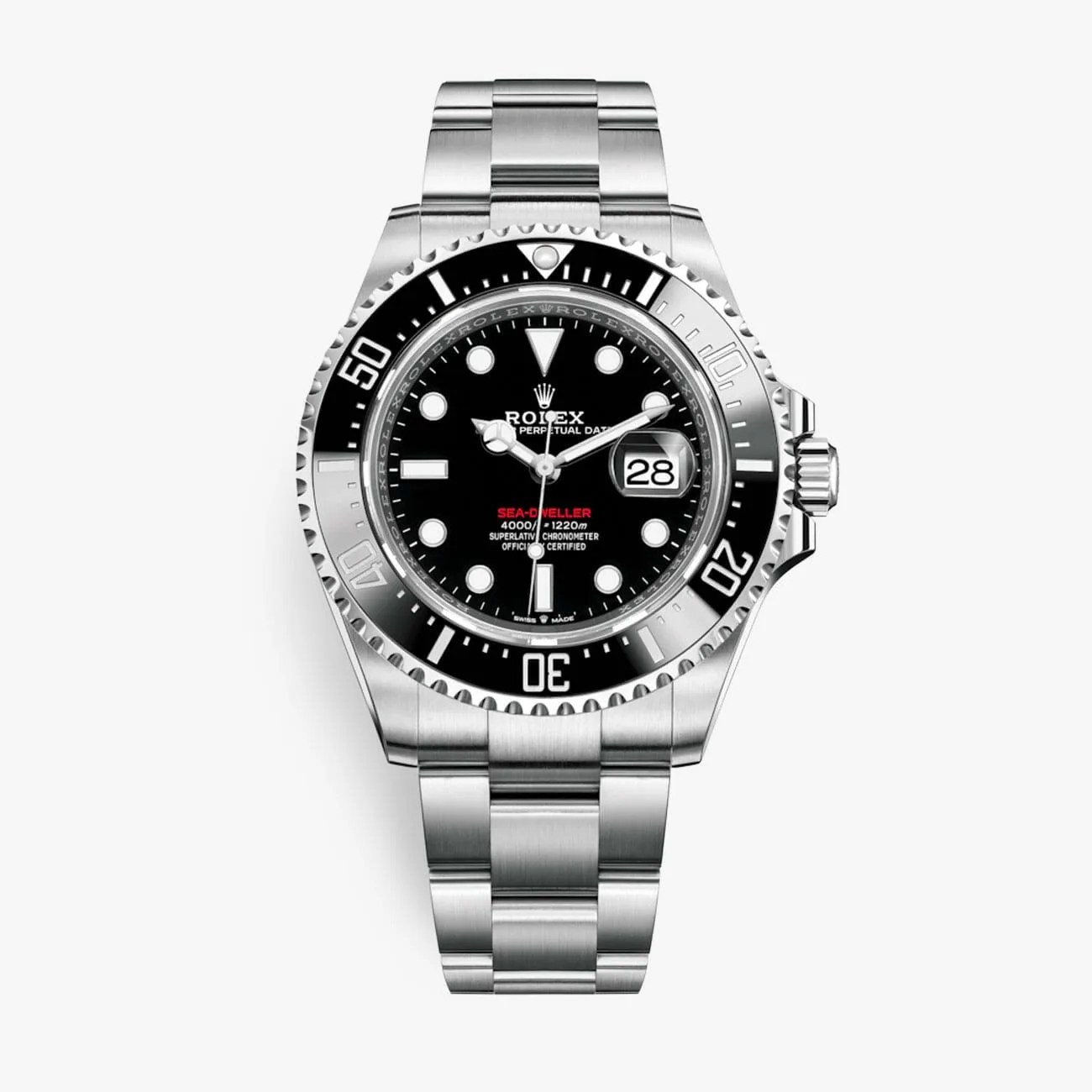
Unequivocally the saturation diving watch, the ruggedly built Sea-Dweller stands almost alone as the first diver’s watch to be equipped with a helium release valve (though Doxa’s very rare Conquistador also claims the honor). Of all the sat guys I queried about the topic, every single diver listed the Sea-Dweller as the watch most commonly seen and used watch in sat. Though expensive, you can’t argue with the Sea-Dweller’s pedigree.
Price: $11,350
Diameter: 43mm
Water Resistance: 1,220 metres/4,000 feet

